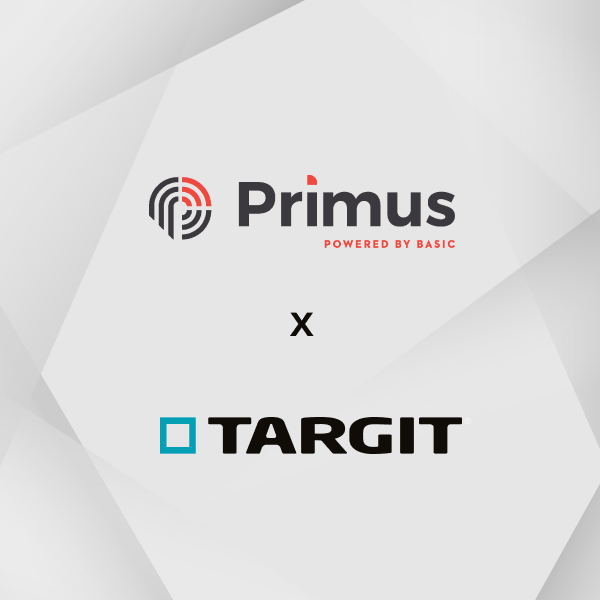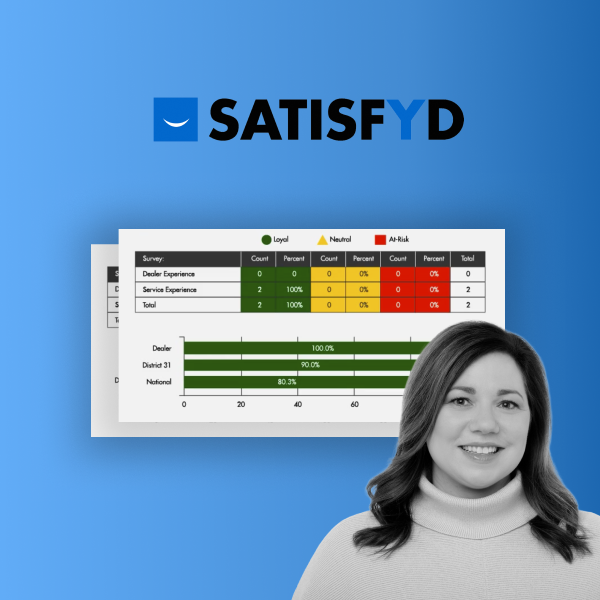Here Are the Best KPIs for the Equipment Rental Industry
#1 Financial Utilization: Annualized rental revenue/total acquisition cost
Benchmarking the Financial Utilization percentage helps compare the pieces of equipment that are making the most money for your company. This number could potentially help you determine what new pieces you should add to the fleet and whether those pieces should be new or used. However, it's important to note that significant variances in acquisition cost between new and used equipment will highly affect Financial Utilization.
Image: Equipment Rental Utilization Overview Dashboard in TARGIT

#2 Time Utilization: Days rented/days available
It’s not good business sense to carry equipment with low utilization rates. By tracking Time Utilization by machine and time period, you can make quicker, more accurate decisions on what equipment or parts to keep on hand. This KPI shows you increasing or decreasing utilization trends so you can make decisions about now and the future.
The right business intelligence solution for equipment rental will alert you immediately when your fleet falls below a certain utilization percentage. Sub-par utilization is an easy determinant for removing specific machines from your fleet instead of holding on to equipment that is not making any money.
#3 Rental Rate: Rental revenue/number of contracts
The Rental Rate KPI measures the average change in rental rates from period to period. It's one of the easiest metrics to capture but also one of the most important. Rates can be broken down into daily, weekly, or monthly contracts.
Calculating regular payments for your equipment signifies the minimum rental amount you can set to maintain revenue goals and benchmarks while ensuring you still meet short-term needs. It also helps your company stay competitive by easily comparing the costs of brands, operators, and divisions.
Equipment rental companies that do not properly track rental rates may lose the chance to recoup the substantial money they have spent to rent or own their machines in the first place.

Image: Equipment Rental Revenue Overview Dashboard in TARGIT
#4 Washout Percent: Total income/total expenses
The Washout Percentage is used as a final calculation upon disposal of an asset or to more accurately predict the future disposal of an existing asset. In short, this metric measures profitability over the life of a machine.
There are variations of this metric, but the simplest way to look at it is cash in versus cash out. The formula is total expenses (purchase price, prep, carrying costs, maintenance) versus total income (rental income, sale price).
Different plans or scenarios can be created for machines still in the fleet “what-if” phase. For example, what is the sale price required to reach a desired return on a piece of equipment?

Image: Equipment Rental Washout (Not Sold) Dashboard in TARGIT
#5 Maintenance-to-Income Ratio
It's obviously not good business to carry machines that consistently need maintenance and are often out of commission. Revenue is lost, but — more importantly — customer satisfaction is highly affected, and the potential for that customer to go elsewhere is increased.
You can get ahead of these potential issues by tracking your fleet’s maintenance costs, history, and age in comparison to revenue. With the right information at hand, you’ll be able to eliminate problem machines and replace them with more reliable equipment.
#6 Physical Utilization: Rental days committed to customer/potential rental days
Physical Utilization differs from traditional Time Utilization because it measures the time a piece of equipment was committed to a customer and not available to other customers. That may or may not align with the time for which a customer was billed (breakdowns, weather issues, and compensation for previous issues come into play here).
The industry standard for Physical Utilization is that 72% of your fleet should be out on rent at any given time, 20% of the fleet should be in the yard and rental-ready, and no more than 8% of the fleet should be non-rental ready. Non-rental ready includes pieces that are in transit, in need of maintenance, or entirely out of commission.
This metric will tell you precisely when to acquire new equipment and when to sell off equipment. If your Physical Utilization is below 72%, you likely have too many pieces of that equipment. If it is below 72%, you likely should purchase more.
Don’t overlook your non-rental-ready benchmark. If there is one or more machines within your fleet that consistently hit 8% or above in their time as non-rental-ready, that unit is a problem. No machine should ever be non-rental-ready for more than two weeks. If fixing it doesn’t reliably keep it off the hard-down list, it’s time to sell it.
#7 Fleet Age: Average number of months a fleet has been in use
This KPI measures the general age of your fleet in relation to when its equipment units were put in service for the first time. Knowledge of Fleet Age is most important when measuring degradation of equipment. This is important insight for regular maintenance of used or refurbished equipment, as well as determining value.
#8 Fleet Apportionment: Partition of “base fleet” and “other fleet”
The division of the fleet helps users more closely examine any changes in rates, utilizations, and fleet mix from one period to the next. Any equipment with rental activity across multiple time periods being analyzed should be considered the “base fleet.” Base fleet can be defined by either unit or class.
The “other fleet” includes changes in the fleet from period to period that result from adding to or eliminating pieces of equipment from the fleet. Measuring the other fleet rental activity against the base fleet will signify any meaningful changes in revenue.
Additionally, by examining the base fleet only, users can clearly determine the effect of rate changes and utilization on revenue from period to period. Over time, the base fleet revenue should stay relatively consistent, as it reflects continuing operations as opposed to any significant changes to the fleet.
Now that you’ve got your fleet management department covered, download the guide to see the company-wide KPIs that will help you achieve greater insight, easier customer management, and a more streamlined business.





